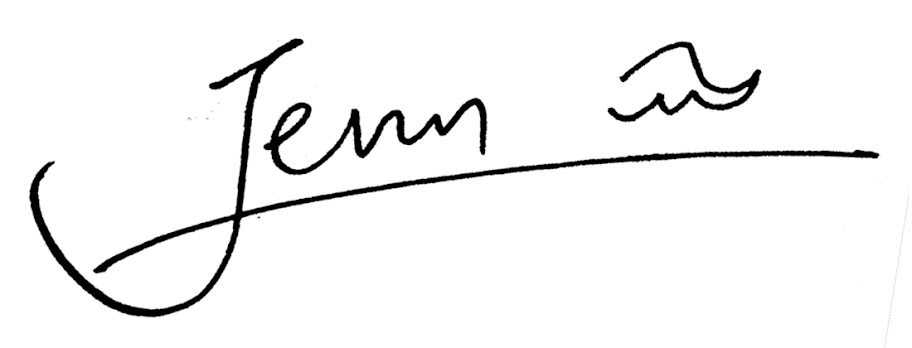The High Line is the result of collaborative partnerships between organizations and institutions, mostly coming from the local community, that have worked together to create a project beneficial to all those involved. Throughout the project, not only have these groups strived together to earn grants and funding, but have also negotiated through a number of policies and authorizations to advance the construction of the High Line.
Initially, demolition of the abandoned infrastructure was favored under the Giuliani administration. In 2001, when the Bloomberg administration succeeded, a fresh look of the High Line’s potential was directed. Subsequently, the Friends of the High Line commissioned an economic feasibility study that suggested the High Line would increase tax base and the generate tax revenues greater than the cost of construction.
The greatest accomplishment for the High Line was when the Railbanking program was authorized by the Surface Transportation Board (STB), the federal body that oversees rail corridors. The Certificate of Interim Trail Use that was issued by the STB concluded 20 years of disputes about the High Line’s future and enabled Railbanking. Railbanking allowed for transportation corridors like the High Line to be preserved for park use and enables its construction.
Taking the first step in 2002 to reverse a city policy that favored demolition of the High Line to one that ensured its preservation finally advanced when the ownership of the structure was transferred from CSX Transportation to the City in 2005. The following collaboration between the Friends of the High Line and the City is a result of the Bloomberg administration that fosters this partnership.
Friends of the High Line is a non-profit, private organization that advocates for the revitalization of the High Line to be re-used as a public open space. Partnering with the New York City Department of Parks and Recreation, they launched the international design competition, and together also seek funding and provides budget for the maintenance and operation of the project.
Within this private-public partnership, collaborations with school programs, art groups and retailers have contributed greatly to the development of the High Line. Supported by public funds from the City, the High Line School programs are utilized by the New York City Laboratory School for Collaborative Studies and also include partnership with the afterschool program at Hudson Guild, a local community center that serves lower-income residents. Art groups launch exhibitions along or around the park that advocates for its advancement, such as the MoMA exhibition that exhibited the park’s preliminary design. Bringing in collaborating food vendors on to the High Line contributes to its comprehensive plan to connect the community to the environment through their products.
Approval for the rezoning proposal of the West Chelsea neighborhood surrounding the High Line encouraged the support for the High Line’s reuse as a public space. It provided opportunities for new residential and commercial development that would enhance the neighborhood. Other new or redeveloping constructions in the area will not only strengthen the neighborhood’s revitalized identity, but will also increase economic values through retail and connection with the park.
The abundant funding from various sectors is crucial in the advancement of the High Line. During the initial phase of the project, an $18 million in federal funding was secured in the federal transportation and appropriations bill, as well as a $61.75 million in city funding commitments. Institutional support from corporate and foundations play a vital part to the High Line’s budget. Campaign of the High Line additionally includes individuals and other funding organizations for their visionary supports. Fund raising events such as the upcoming Spring Benefit 2011 raise the majority of the annual operating funds. These events include sponsorship opportunities that become significant contributions to the support for the park’s maintenance and operations. Outstanding reviews and exhibition of the High Line through media and journals have also gained acknowledgment and support for the project.
Throughout the development of the High Line, partnerships, funding, and changes in policy-making have benefited greatly to the project, despite few constraints in implementing plans that have been strategically overcome. Advancements would not have been this successful without these contributions and advocacies coming from the surrounding community that the project is involved in.
References
- The High Line - Friends of the High Line
< http://www.thehighline.org/about/friends-of-the-high-line> - The High Line - Major Federal Authorization for High Line Project< http://www.thehighline.org/newsletters/061305_pr.html>
- The High Line - School Programs
< http://www.thehighline.org/about/schools-program>
- The High Line – FHL Accomplishments in 2005< http://www.thehighline.org/news/2005/12/15/fhl-accomplishments-in-2005>
- Capital – Playgrounds for plutocrats: Who pays for the parks?
< http://www.capitalnewyork.com/article/culture/2010/12/1015139/playgrounds-plutocrats-who-pays-parks>
- The New York Observer – High Line Park Spurs Remaking of Formerly Grotty Chelsea
<http://www.observer.com/node/37048>


沒有留言:
張貼留言